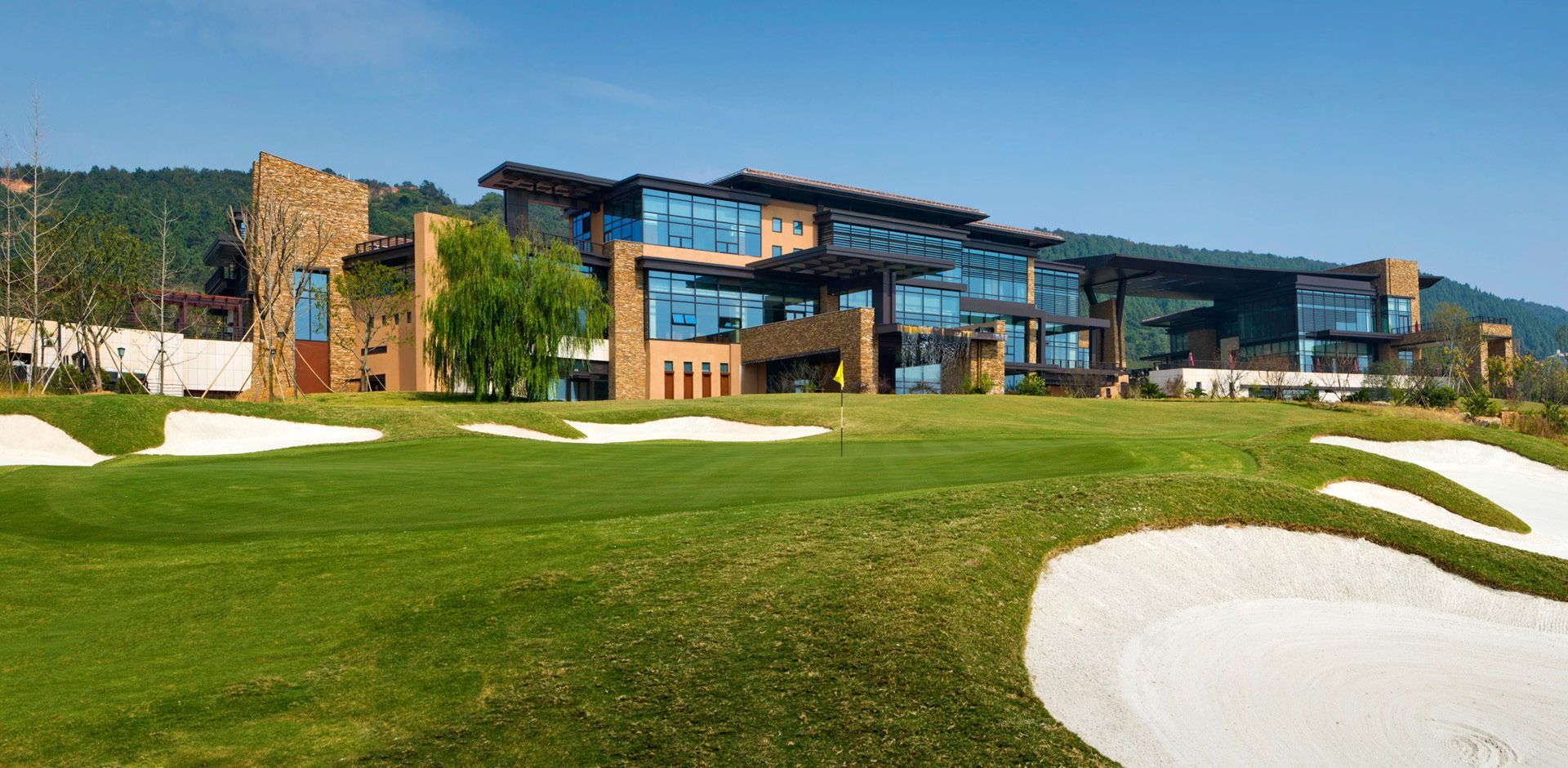May 12, 2025
How Much Does It Cost to Build and Maintain a Golf Course?
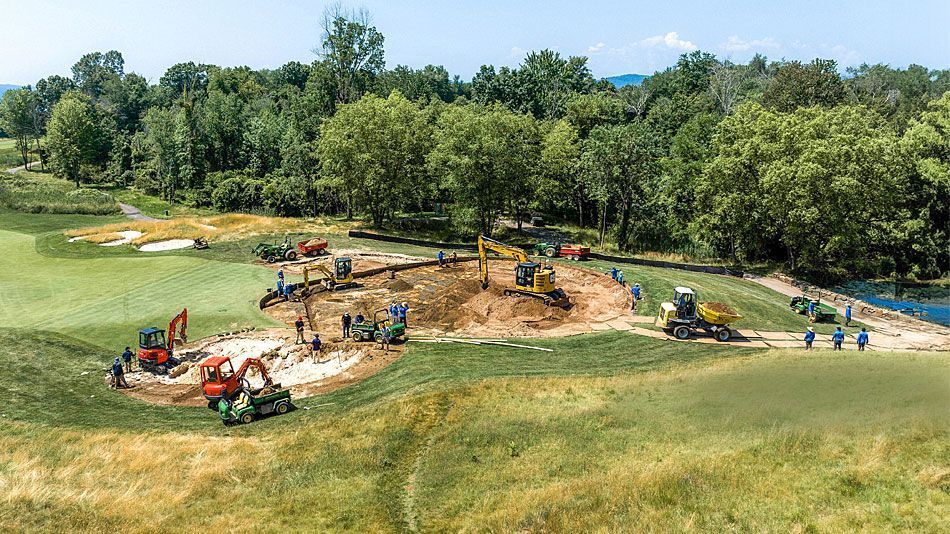
Understanding the True Financial Commitment Behind Golf Course Development and Long-Term Operation
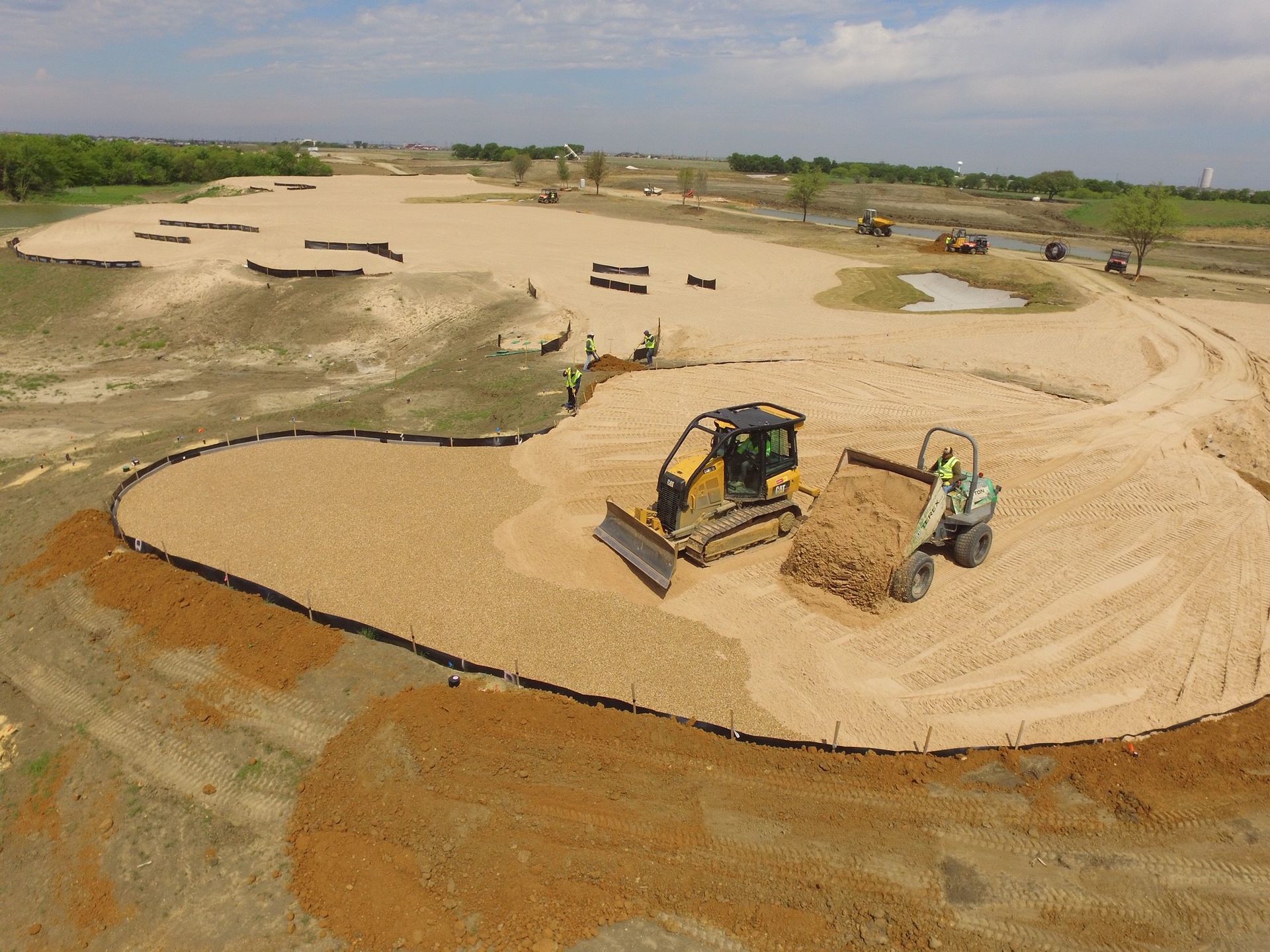
Building and maintaining a golf course is a significant undertaking that requires meticulous planning, a robust financial investment, and ongoing operational expertise. Entrepreneurs and investors considering the golf industry are often drawn in by the appeal of lush greens, elite clientele, and the prestige that comes with owning a golf course. However, beneath the surface lies a complex matrix of costs, ranging from initial land acquisition and course design to irrigation systems, maintenance staff, and clubhouse operations. To ensure long-term success, understanding both the capital and recurring expenses is crucial.
Initial Land Acquisition and Site Preparation
The first and perhaps most variable cost in building a golf course is the land itself. Land prices fluctuate dramatically depending on location, zoning restrictions, and surrounding development. A rural area might offer hundreds of acres at a relatively low cost per acre, while a more desirable location near a metropolitan region or tourist destination could command premium prices. In either case, acquiring between 120 to 200 acres is typical for an 18-hole championship golf course, which alone can set developers back several million dollars before a single shovel hits the ground.
Site preparation is another hidden cost that often surprises new developers. Raw land must be cleared, leveled, and graded to accommodate fairways, greens, water features, and cart paths. This process includes removing trees, addressing drainage concerns, and reshaping the terrain to fit the course design. The expense of earthmoving and land engineering can be substantial, often running into the high six or low seven figures. Additionally, permitting, environmental impact studies, and legal fees for land use compliance add to the upfront financial burden.
Golf Course Design and Architecture
One of the most important investments in a golf course project is the design. Hiring a reputable golf course architect can dramatically impact both the playability and aesthetic appeal of the course. Renowned designers not only bring their vision to life but also ensure that the course adheres to modern standards for safety, flow, and challenge. While design fees vary, a signature architect may command several hundred thousand dollars or even a percentage of the total construction cost.
Moreover, the layout and design affect future maintenance costs. For example, a course that relies heavily on bunkers, water hazards, or complex greens will be more expensive to maintain year after year. Designers must balance creativity with practicality to ensure that the course is both engaging for golfers and sustainable for operators. Material selection, turf type, and irrigation considerations are all determined during the design phase, each contributing to long-term costs.
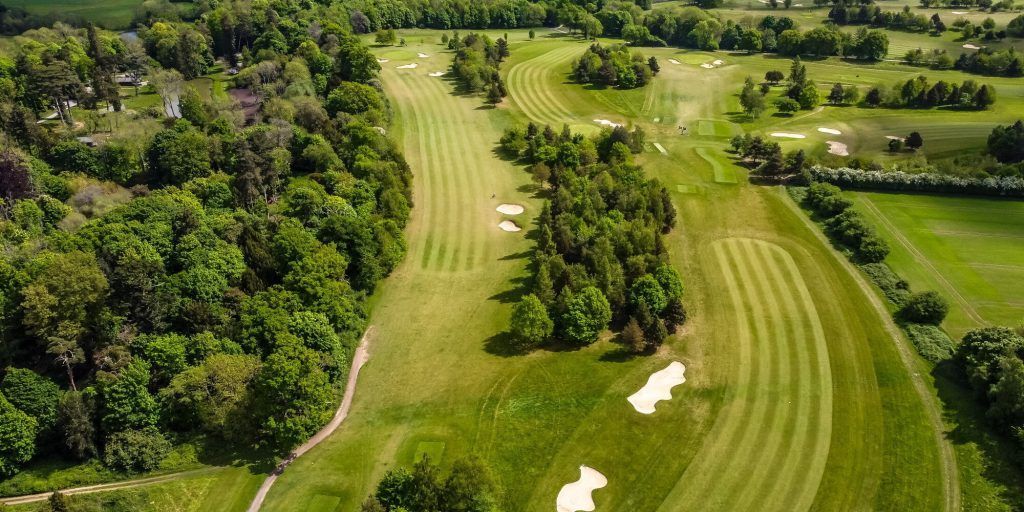
Construction and Infrastructure
Construction costs represent one of the largest line items in the development of a golf course. These costs include everything from seeding fairways and building greens to installing drainage, irrigation, and cart paths. For an 18-hole course, construction expenses can range from $5 million to over $20 million depending on the complexity of the design and the quality of materials used. High-end courses with extensive landscaping and water features will obviously cost more than modest, no-frills public layouts.
Beyond the course itself, infrastructure development is essential. This includes access roads, parking lots, and power and water supply systems. In many cases, especially in undeveloped areas, the cost of bringing utilities to the site can be substantial.
Developers may also need to construct bridges, retaining walls, or underground piping systems to address elevation changes or water management challenges. The financial implications of infrastructure cannot be overstated and often rival the cost of the course construction itself.
Clubhouse, Facilities, and Amenities
While the golf course is the centerpiece, the clubhouse and surrounding amenities are what truly define the customer experience. A well-designed clubhouse typically includes a pro shop, locker rooms, dining areas, event space, and administrative offices.
Depending on the target market, additional features such as spas, fitness centers, or private lounges may be incorporated. The cost of building a clubhouse can range from $1 million for a basic structure to over $10 million for luxury facilities. Outdoor amenities such as practice ranges, short game areas, putting greens, and instructional academies also add to the bottom line.
Some developers may choose to include swimming pools, tennis courts, or even short 9-hole executive courses as part of their resort-style offerings. Each of these additions must be carefully weighed against their potential for revenue generation and increased maintenance obligations. A premium facility may attract more members and events but also demands a higher ongoing investment.
Irrigation Systems and Water Management
A reliable irrigation system is the lifeblood of any golf course. Modern irrigation technology has evolved significantly, incorporating advanced sensors, computer-controlled zones, and water recycling capabilities. The cost of installing a full-scale irrigation system can easily exceed $1 million, especially if the course relies on wells, lakes, or reclaimed water sources. In arid regions or areas with strict water regulations, these costs can be even higher due to the need for water rights, reservoirs, or desalination systems.
Ongoing water management is a substantial operational cost. Monthly water bills, system maintenance, and seasonal adjustments all require staff time and financial resources. Courses that fail to invest in efficient irrigation often face brown fairways, unhappy players, and increased turf replacement expenses. Choosing drought-resistant grass types and implementing sustainable practices can help control long-term water expenses.

Staffing, Maintenance, and Equipment
Once the course is operational, maintenance becomes the most consistent and recurring expense. Maintaining a golf course to competitive standards requires a team of greenskeepers, horticulturalists, equipment operators, and supervisors. Labor costs alone can represent hundreds of thousands of dollars annually. These costs can escalate further if the course operates year-round or hosts tournaments that demand elevated conditioning.
Specialized equipment such as mowers, aerators, topdressers, and sprayers are necessary to keep the course in peak condition. This equipment must be maintained, stored, and periodically replaced. The initial purchase of equipment can cost $500,000 or more, with ongoing costs for fuel, parts, and repairs. Additionally, fertilizers, pesticides, seed, and sod contribute to the operating budget and are subject to market fluctuations. Maintenance best practices and efficient staffing models can help reduce long-term expenses, but cost containment remains a constant challenge.
Ongoing Operating Costs and Revenue Challenges
Beyond maintenance, golf course operators must budget for a variety of ongoing expenses. These include insurance, marketing, event coordination, software licenses, and member services. Property taxes and liability insurance represent significant fixed costs that must be accounted for regardless of play volume. Courses that offer food and beverage services must also consider staffing, inventory, and compliance with health regulations.
Generating consistent revenue can be difficult, particularly for new courses still building their membership base. Weather variability, competition from other courses, and shifts in golf popularity all affect occupancy rates and green fee revenue. Many successful courses diversify income through weddings, tournaments, junior camps, and corporate outings. These revenue streams must be carefully managed to avoid overextending staff and resources. Operators often rely on strategic pricing, loyalty programs, and seasonal promotions to drive revenue during slower months.
Capital Improvements and Course Renovations
No golf course remains static over time. To remain competitive and appealing to players, courses must periodically invest in capital improvements. This might include bunker renovations, regrassing greens, upgrading irrigation systems, or modernizing cart fleets. Even well-maintained courses typically require significant upgrades every 10 to 15 years, depending on wear and customer expectations.
Capital improvements can run into the millions, particularly if the course must close for extended periods during renovation. This loss of revenue, combined with construction costs, makes planning for these improvements a vital part of long-term financial strategy. Some facilities build capital reserve funds over time, while others rely on loans or special assessments to fund major projects. Either way, course owners must anticipate future upgrades to ensure continued success.
The Role of Location, Brand, and Market Demand
The overall cost and potential profitability of a golf course are also influenced by location and market demand. A course in a growing community with limited competition will have a better chance of financial success than one in a saturated market. Brand identity, affiliations with professional tours, or alignment with luxury real estate developments can also enhance a course’s prestige and justify premium pricing.
Effective branding and positioning help attract not only golfers but also sponsors, advertisers, and event organizers. Investing in high-quality signage, a professional website, social media marketing, and community engagement all require time and capital but can yield significant returns. A strong brand presence also supports higher membership fees and encourages customer loyalty, further enhancing the long-term financial picture.
Planning for the Long Game
Building and maintaining a golf course is not for the faint of heart. It demands a substantial financial commitment, a long-term vision, and a clear understanding of both upfront development costs and ongoing operational demands. Success in the golf course business hinges on the ability to balance capital investment with operational efficiency while delivering a consistently high-quality player experience. From land acquisition to irrigation, staffing, and brand development, each component of the process contributes to the total cost and potential return on investment.
Aspiring golf course developers must approach the project with diligence, patience, and a willingness to adapt. While the costs are significant, the rewards—both financial and personal—can be equally profound for those who are well-prepared. With careful planning and strategic execution, it is possible to turn a vision of lush fairways and thriving community engagement into a sustainable and profitable enterprise.
More from Fairway Control
